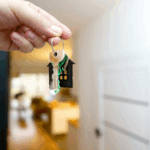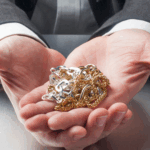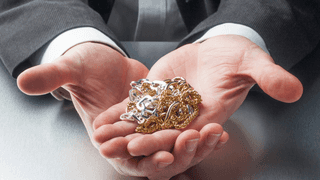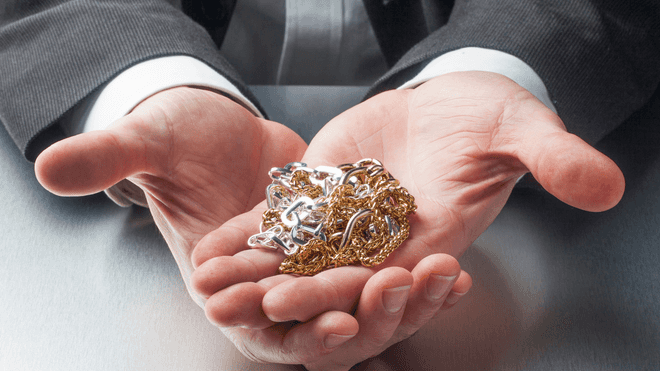Building a Balanced Portfolio with Precious Metals in Your IRA
Precious metals are doing well. Not only are prices up recently, but they’ve stood for centuries. That’s because gold and silver are tangible, they hold intrinsic value, and they’ve been trusted across centuries and civilizations. But the role of metals (especially in a Self-Directed IRA) goes beyond just tradition. It’s about balance. When most people think about retirement investing, they think about stocks and bonds. Maybe some mutual funds or ETFs. But adding metals like gold and silver to a Self-Directed IRA can create a more stable, well-rounded portfolio. And it’s easier to do than many investors assume.
Why Precious Metals Can Bring Balance to a Self-Directed IRA
Every portfolio has its ups and downs. The stock market can be incredibly volatile, and most people agree it’s one of the best tools for wealth creation out there. But weathering that volatility is a different story. The markets react to inflation, interest rates, political shifts, and global events. Sometimes, they soar. Other times, they stumble. That’s where metals can help. Gold and silver often behave differently from traditional paper assets. When markets drop, precious metals sometimes hold steady—or even gain value.
That kind of performance can act as a counterweight. It won’t guarantee smooth sailing, but it can help even things out. Think of it like having a steady hand in a volatile environment. It brings peace of mind, especially when you know part of your portfolio isn’t tied to earnings reports or Wall Street sentiment.
And because you can hold physical metals in a Self-Directed IRA—like IRS-approved bullion or coins—you’re not relying on a paper promise. You’re adding something real to your retirement mix.
How to Add Metals to a Self-Directed IRA
It starts with the right custodian. Not every financial institution allows physical metals in an IRA, but a Self-Directed IRA custodian will. From there, it’s about choosing metals that meet IRS requirements. Not every coin or bar qualifies, so it’s important to stick with approved products, like certain types of gold, silver, platinum, and palladium.
You won’t be storing the metals at home. The IRS requires an approved depository to hold them safely on your behalf. That keeps the assets secure and ensures your IRA stays compliant.
You also get to decide how much of your IRA to dedicate to metals. Some investors choose a small portion, maybe 5 to 10 percent. Others go higher, depending on their risk tolerance and market outlook. There’s no one-size-fits-all number. The point is that you get to make the call.
Metals Aren’t Just a Safety Net—They’re a Strategy
Too often, metals are thought of as an insurance policy. Something you hold just in case things go wrong. But there’s more to it than that. Precious metals can also be a long-term strategy. They’ve historically maintained value over time. And when you hold them in a tax-advantaged account like a Self-Directed IRA, that value isn’t chipped away by short-term taxes.
Instead, it grows inside the IRA—whether you’re using a Traditional or a Roth account. And because metals don’t rely on dividends or debt, they can be a smart option when you want to reduce exposure to financial markets without stepping out of growth entirely.
Building a balanced portfolio doesn’t mean avoiding risk—it means managing it thoughtfully. With precious metals in a Self-Directed IRA, you add a layer of strength to your retirement plan. And in a world where financial landscapes shift fast, that kind of balance can be a powerful tool.
For more, contact TurnKey IRA at 844-8876-IRA (472) for a free consultation. Download our free guide or visit us online at www.turnkeyira.com.











